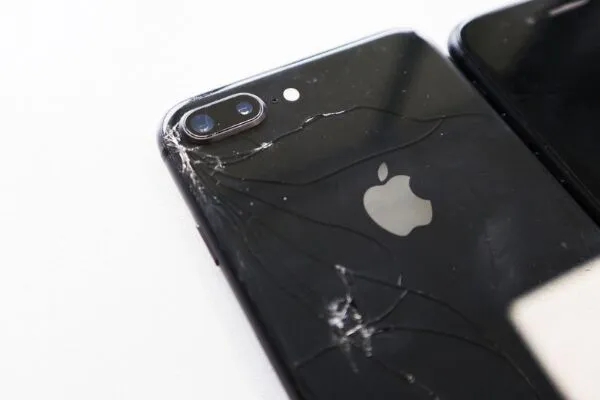The E-Waste Challenge: Common Items and Their Environmental Impact
By Nathan Church
Posted 25th October 2023
In our increasingly digital world, the production and disposal of electronic devices are on the rise. The consequences of this trend are brought to light by global e-waste statistics. According to data from The Roundup, a staggering 53.6 million tonnes (MT) of electronic waste were generated worldwide. To gain a deeper understanding of this issue, let’s explore the most common e-waste items, their contribution to this total, and the potentially hazardous materials they contain.

1. Mobile Phones (4.5 MT)
Mobile phones are among the most ubiquitous electronic devices today. They contain precious metals like gold and silver, but they also house hazardous materials, including lead, mercury, and cadmium. The improper disposal of mobile phones can result in soil and water contamination, posing significant environmental and health risks.

2. Laptops and Computers (12 MT)
Laptops and computers are essential tools in our digital age. However, their disposal presents a substantial challenge. These devices often contain toxic materials like lead, mercury, and brominated flame retardants. Additionally, they contribute to electronic waste due to their relatively short lifespan.
3. Television Sets (7.6 MT)
Television sets, both cathode-ray tube (CRT) and flat-screen varieties, are a significant source of e-waste. CRT televisions can contain lead in their glass, posing a significant environmental hazard if not properly recycled. Flat-screen TVs, on the other hand, may contain heavy metals like cadmium and mercury.
4. Small Home Appliances (5.8 MT)
Items such as toasters, coffee makers, and microwave ovens are considered small home appliances. While individually, they may seem insignificant, their collective contribution to e-waste is substantial. These appliances often contain electronic components and wiring, which can contain hazardous materials such as lead and PVC.
5. Large Home Appliances (8.2 MT)
Large home appliances, including refrigerators, washing machines, and air conditioners, are integral to modern living. These appliances may contain refrigerants that, if not handled properly, can release greenhouse gases into the atmosphere. Additionally, they often contain electronic controls and wiring that can contribute to e-waste.
6. Electronic Toys and Gadgets (15 MT)
The ever-growing market for electronic toys and gadgets is a significant contributor to e-waste. These items often contain batteries and electronic components that can be challenging to recycle. The batteries may contain hazardous materials like lithium, nickel, and cadmium.
7. Printers and Scanners (0.5 MT)
Printers and scanners are common office equipment. They typically contain electronic components, ink cartridges, and, in the case of older models, potentially hazardous substances in the toner cartridges.
8. Audio and Video Equipment (0.6 MT)
Audio and video equipment, including speakers, headphones, and DVD players, contribute to e-waste due to their electronic components and the potential presence of heavy metals like lead and mercury.

9. Networking Equipment (0.4 MT)
Routers, modems, and networking equipment, while relatively small in size, collectively add to the e-waste problem. These devices contain electronic components and wiring.
10. Miscellaneous Electronics (0.2 MT)
Various other electronic devices, such as calculators, electronic thermometers, and remote controls, also contribute to e-waste. Their impact may be relatively small individually, but collectively, they are a part of the larger e-waste challenge.
The e-waste problem is not only about the sheer quantity of discarded electronics but also the hazardous materials they contain. Proper recycling and disposal of these items are essential to mitigate the environmental and health risks associated with e-waste. Raising awareness about responsible e-waste management and supporting recycling initiatives are crucial steps in addressing this global challenge.